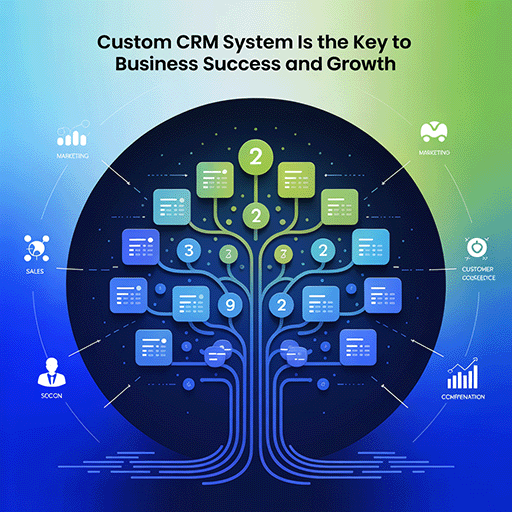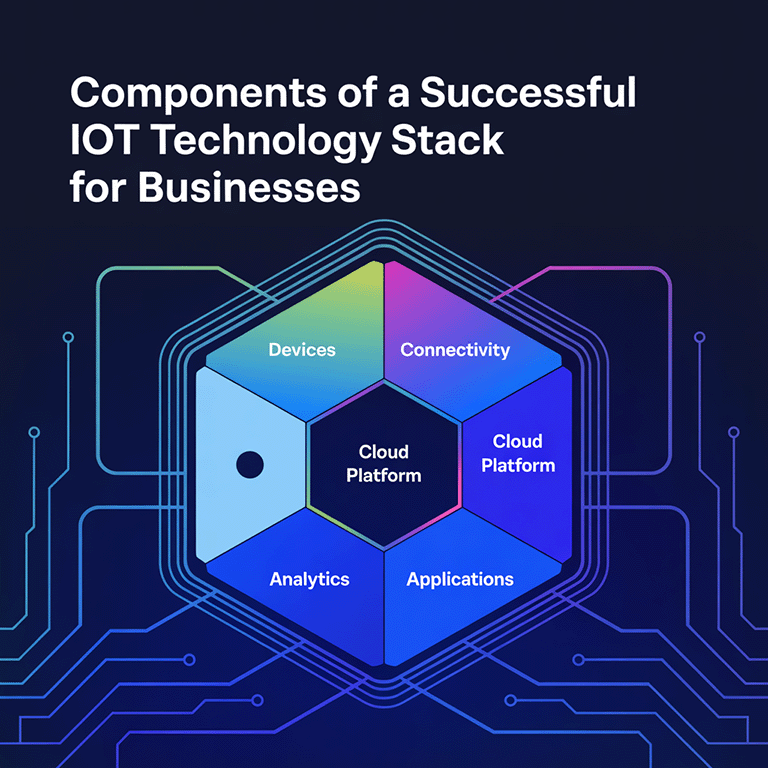Improvements in modern technologies encourage the owners of digital products to develop new apps or upgrade existing ones. Organizations need to ensure that their applications continue to please their audience’s needs.
Many companies opt for legacy application modernization to replace old systems with significantly better cloud solutions. These improvements can boost a digital product and ensure a better customer experience.
In this article, you’ll discover everything you should know about legacy application modernization, its main benefits, and modern trends. Follow the provided advice to take your app to an entirely new level.
What Is Application Modernization?
First, it’s important to answer the question: “What is a legacy application?”. It is an app based on outdated software or hardware but still in use. Well-known legacy application examples include Microsoft’s Windows 7, Adobe Flash, and IBM’s mainframe systems. As a rule, businesses continue using these apps because they play a crucial role in their everyday processes.
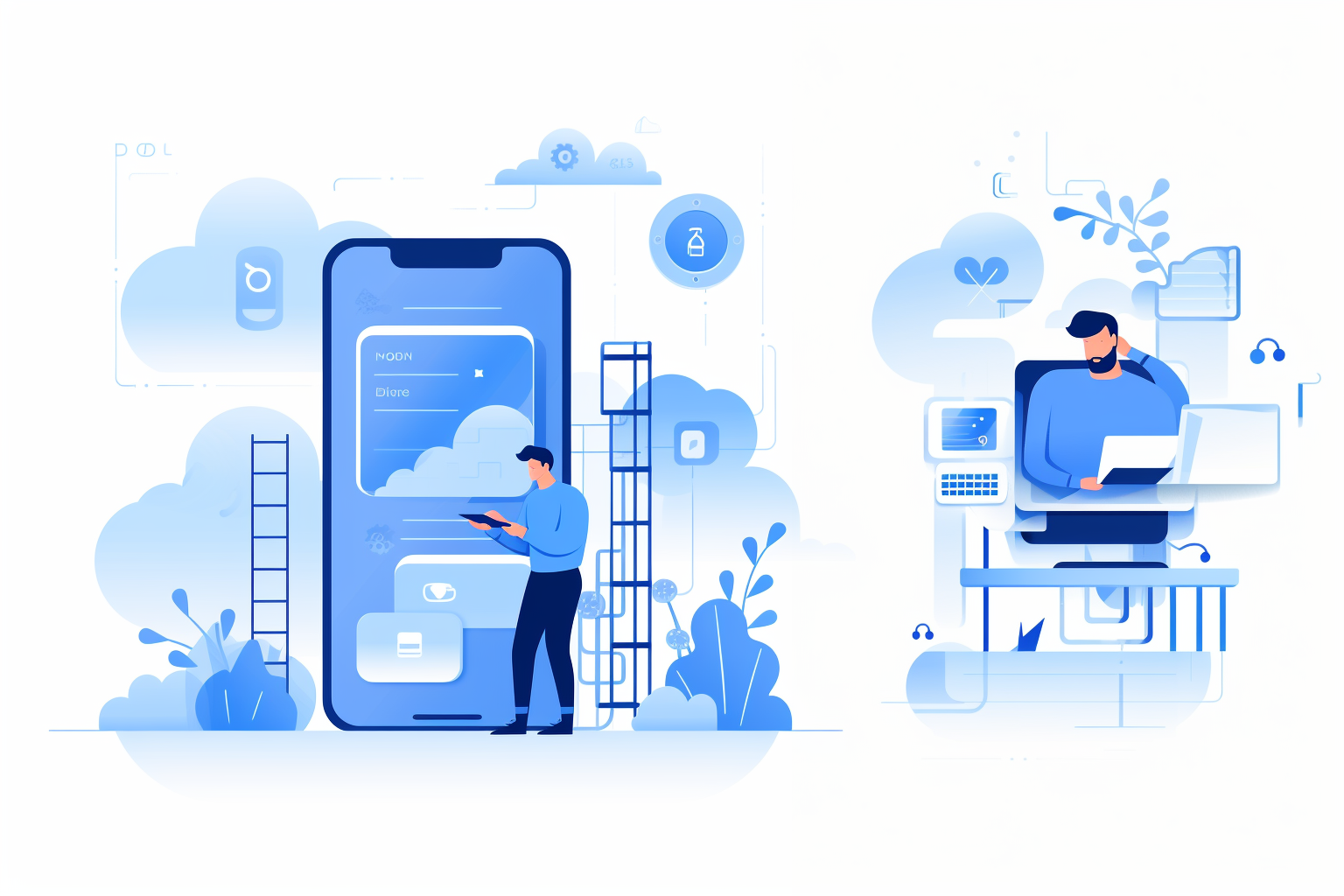
However, considering the constant development of innovative technical solutions, these apps become more cost-intensive and less efficient. Luckily, due to legacy application modernization, businesses can unlock new possibilities without developing new applications or opting for another software.
Application modernization allows for smoothly updating any app for newer programming languages, frameworks, platforms, etc. This process may be compared to the renovation of an old house. The basement and walls remain intact while everything inside is improved to ensure higher safety and comfort. Thus, application modernization can extend the lifespan of an app and ensure it’ll take advantage of the latest technical solutions.
Technologies used for application modernization
The improvement process is difficult and requires the involvement of experienced professionals. It usually also entails the use of the following technologies:
- Microservices. Instead of the monolithic improvement of the app, it’s a better idea to split it into different components. After that, each component will be updated and deployed independently.
- Cloud Computing. It may be a great decision to migrate the application to run in a better cloud environment. Opting for public, private, or hybrid cloud platforms is possible.
- Orchestration. Orchestration involves the automation of operational tasks, such as networking and deployment. This technology is vitally important to provide both development and security teams with the possibility to manage an app without significant issues.
- Containers. This cloud-centric method is used for packaging, deploying, and operating apps. It provides a variety of advantages, such as improved portability, scalability, and efficiency. It’s often used by applications based on hybrid and multi-cloud environments.
4 Basic approaches for application modernization
There are many legacy application modernization strategies. Nonetheless, right now, we’ll review only the most popular of them:
- Replatforming. This app modernization strategy doesn’t require significant changes in the application’s code and architecture. On the other hand, replatforming entails additional updates, including improvement or replacement of the app’s backend database.
- Refactoring. Unlike the previous application modernization approach, this one requires retooling chunks of the app’s existing codebase. These changes are made to ensure better performance in a new environment. Refactoring is used by development teams that want to implement microservices to enhance the legacy application. It’s important to consider that this approach requires a lot of resources and time.
- Rehosting. Often, developers move an app from its legacy environment to a better and more modern infrastructure—for instance, an innovative public cloud platform. If you opt for this approach, the application will be moved without significant changes in its codebase and architecture. Although this is the easiest way to modernize the application, it may not always help achieve the desired results.
Main Benefits of App Modernization
Obviously, any business needs constant improvement to stay ahead of the competition and attract new clients. Smart legacy application modernization provides a chance to reach these goals. Here are several statistical insights that prove this process will make your business flourish:
- It can reduce app maintenance and running costs by 50%.
- It helps achieve a nearly 74% lower budget for hardware, software, and staffing.
- It boosts the app’s efficiency by 10% or more.
- Overall, application modernization ensures a 14% rise in annual revenue. This sum may reach over one billion dollars for large companies.
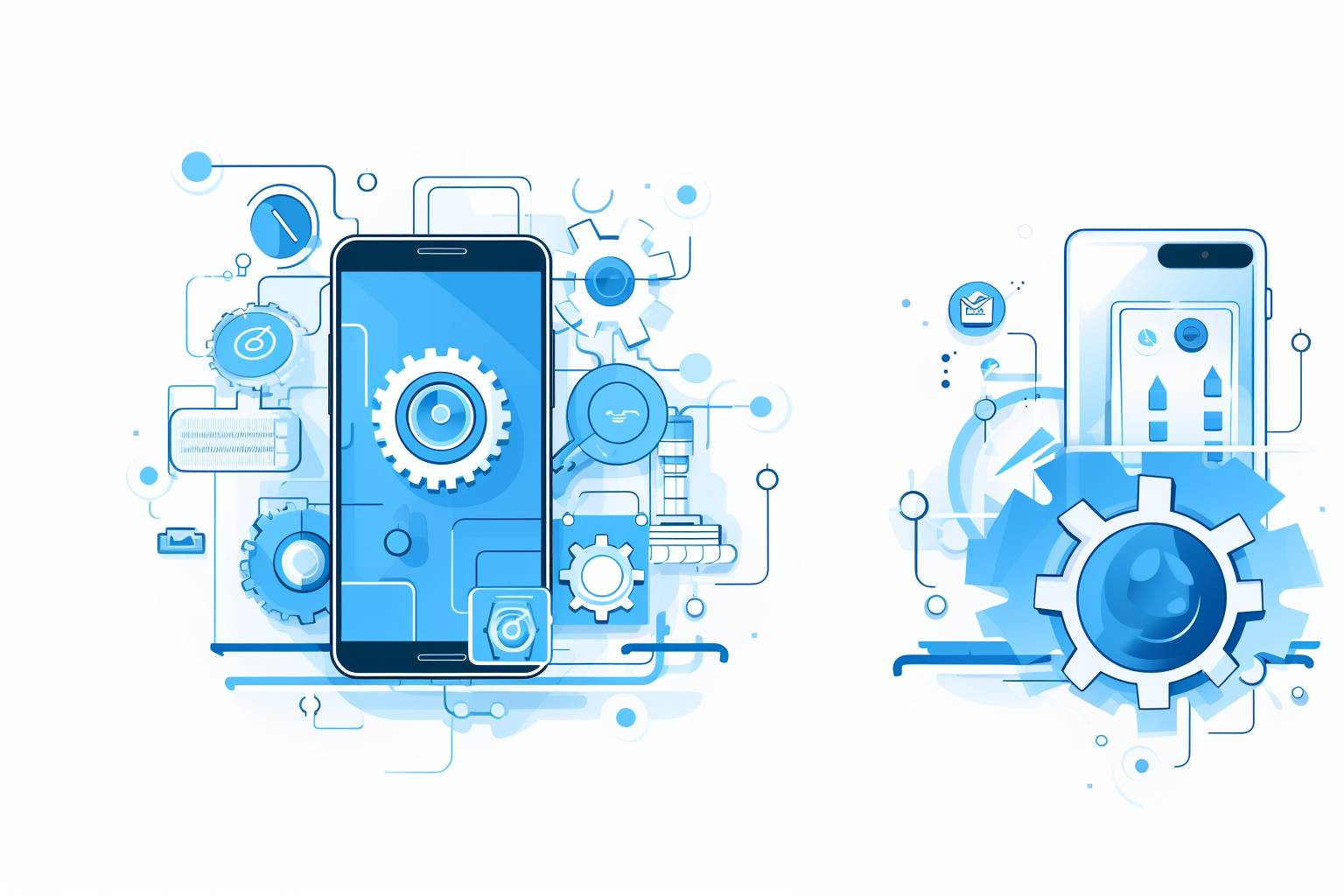
The improvement of digital products and services encourages better results. That’s the main reason for any business to modernize its legacy application. Thus, it may be wise to consider cooperation with a reputable web development team. Moreover, in addition to the mentioned advantages, your company will receive other benefits:
- Excellent user experience. Usually, upgraded apps offer better UI interface, smoother navigation, and more attractive design. These features significantly contribute to the user’s satisfaction and help retain your clients.
- Cost efficiency. Modernization will reduce the legacy application’s support and maintenance expenses. New tools and technologies will streamline operations and automate the performance of routine tasks. Furthermore, it can eliminate license fees due to innovative cloud-based solutions.
- Better performance. If your legacy app suffers from slow load time and constant crashes, you definitely need to upgrade it. Modernization of code and system architecture, as well as the implementation of innovation features, can boost your app’s performance.
- Top security. Unfortunately, the majority of legacy applications are vulnerable to modern security threats. The good news is that app modernization can address these concerns by implementing new security practices, encryption tools, etc.
- Flawless integration. Unlike modern apps, legacy applications can’t be integrated with modern systems and third-party services (or it’ll take a lot of time and resources). Thus, you’ll need modernization services if you want to create a powerful digital ecosystem that ensures a smooth flow of data between several different apps and platforms.
- Higher scalability. After modernization, your legacy app will become more scalable. It’ll significantly reduce the difficulties related to rising workloads or possible changes. This benefit is essential for any company that plans to grow and expand its user base.
5 Application Modernization Trends
In 2025, IT experts will face a variety of new approaches and methods they should follow while modernizing legacy applications. Some are indeed easy to implement, while others require a lot of experience.
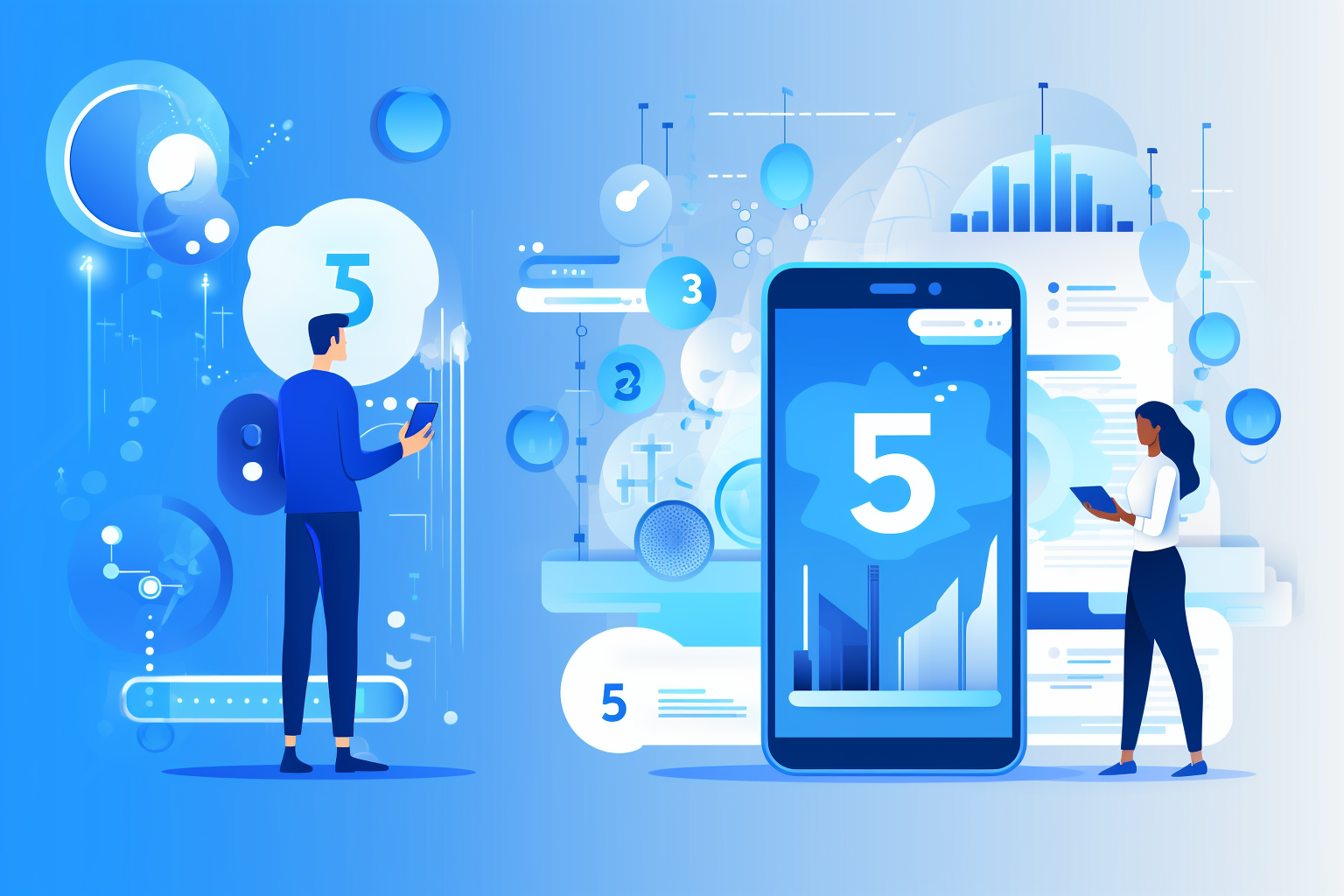
Development of AI chatbots
It’s probably impossible to imagine a modern digital product without an integrated AI assistant. According to ChatBot, implementing artificial intelligence can boost sales by 35%. Thus, it is no wonder AI is among the main trends of legacy system modernization.
Unlike usual rule-based bots, AI assistants don’t need an extensive database. Due to this, companies can adopt them without significant issues. Also, a well-designed chatbot can help a company significantly reduce customer support costs by replacing the whole customer care team.
Focus on a mobile-first approach
This is another noteworthy trend in legacy app modernization. Having an optimized web version of your digital product or even a separate mobile application is important.
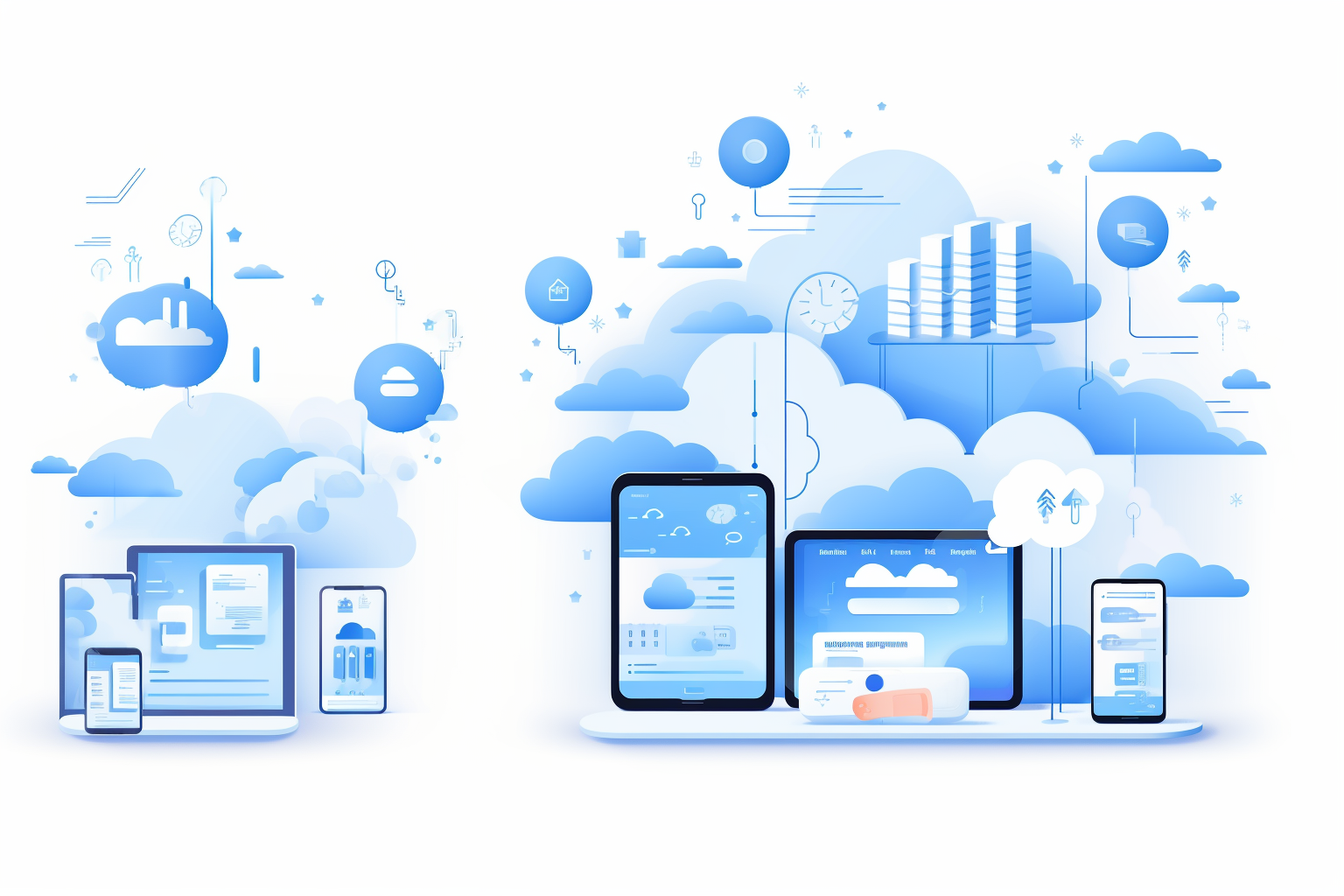
The majority of modern users opt for mobile devices. Thus, focusing on this trend can provide a company with increased customer attraction and higher revenue. Lumia Coffee is undoubtedly among the most noteworthy legacy modernization examples that have successfully followed this trend. It managed to increase its income by 70% thanks to its new, well-built mobile application.
Age of Cloud Migration
Cloud migration will remain among the main and most popular methods of legacy application modernization. The variety of benefits offered by this approach can’t be ignored:
- Faster information exchange.
- Elimination of possible security breaches.
- Acceleration of data processing.
- Better third-party software integration.
With cloud-based software, businesses can quickly and easily integrate DevOps, provide AI bots with data, and construct SaaS-based applications. Nonetheless, cloud migration may be challenging if your legacy app runs on very old databases and libraries. In this case, it’s better to opt for a professional team that can solve this problem and ensure the best results.
Implementation of CI/CD approach
Although continuous integration and deployment approaches aren’t new in the IT industry, many organizations ignore these practices. However, there are a lot of sufficient benefits offered by CI/CD.
Continuous integration can significantly improve code quality, while continuous deployment will ensure it’ll be delivered to the right environment. It will save developers lots of time, allowing them to focus on more critical tasks. Also, it significantly accelerates the introduction of new features and top-quality updates.
Opting for A/B testing
This is an extremely important trend if you want to discover what should be changed before preparing your application modernization roadmap. A/B testing can help you find out the best ways to attract an audience and ensure the total satisfaction of your clients.
Simply put, this method provides two groups of users with slightly different features to compare their feedback. Thus, you can see which option gets a better response and integrate it later into your application update.
Additionally, this method is often used together with a detailed feedback analysis. Unfortunately, the received information may be insufficient because many users are too lazy to provide detailed reviews. Thus, it’s better to mix A/B testing with feedback analysis to conduct a proper application modernization assessment.
Final Note
The short answer to the question “What is app modernization?” is that it helps software development teams optimize existing apps instead of rebuilding them from scratch. Thus, they can improve any software to meet the requirements of the modern IT industry.
Users may refuse to use your application if it becomes user-unfriendly or slow. Legacy application modernization allows you to incorporate new technologies, keep up with the competition, and ensure a positive user experience.
If you still wonder how to modernize legacy applications, you should look for a professional team able to provide your company with efficient improvements. LITSLINK is your perfect option. This leading software outsourcing company in the USA will help you overcome all legacy modernization challenges and reach the best results.

